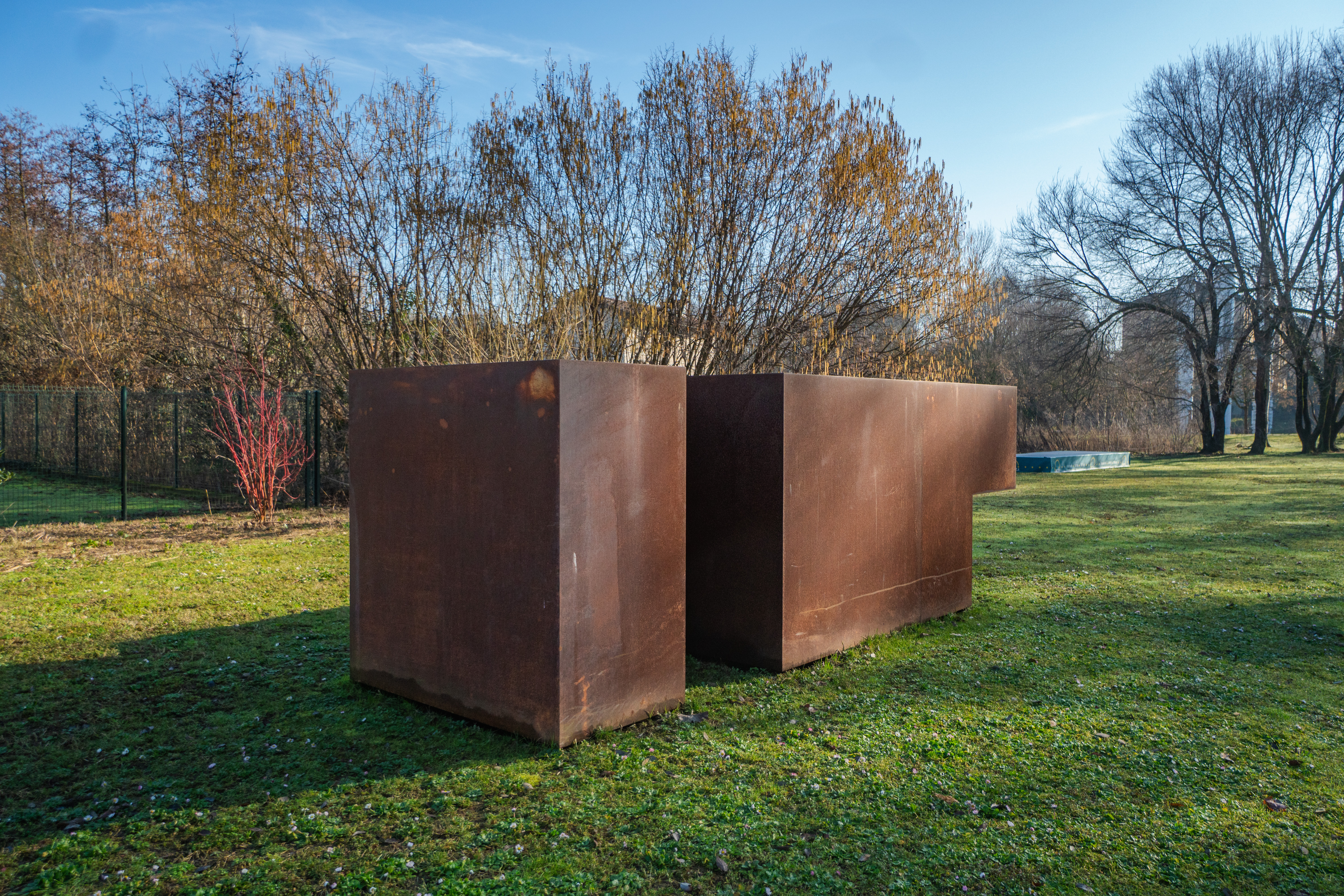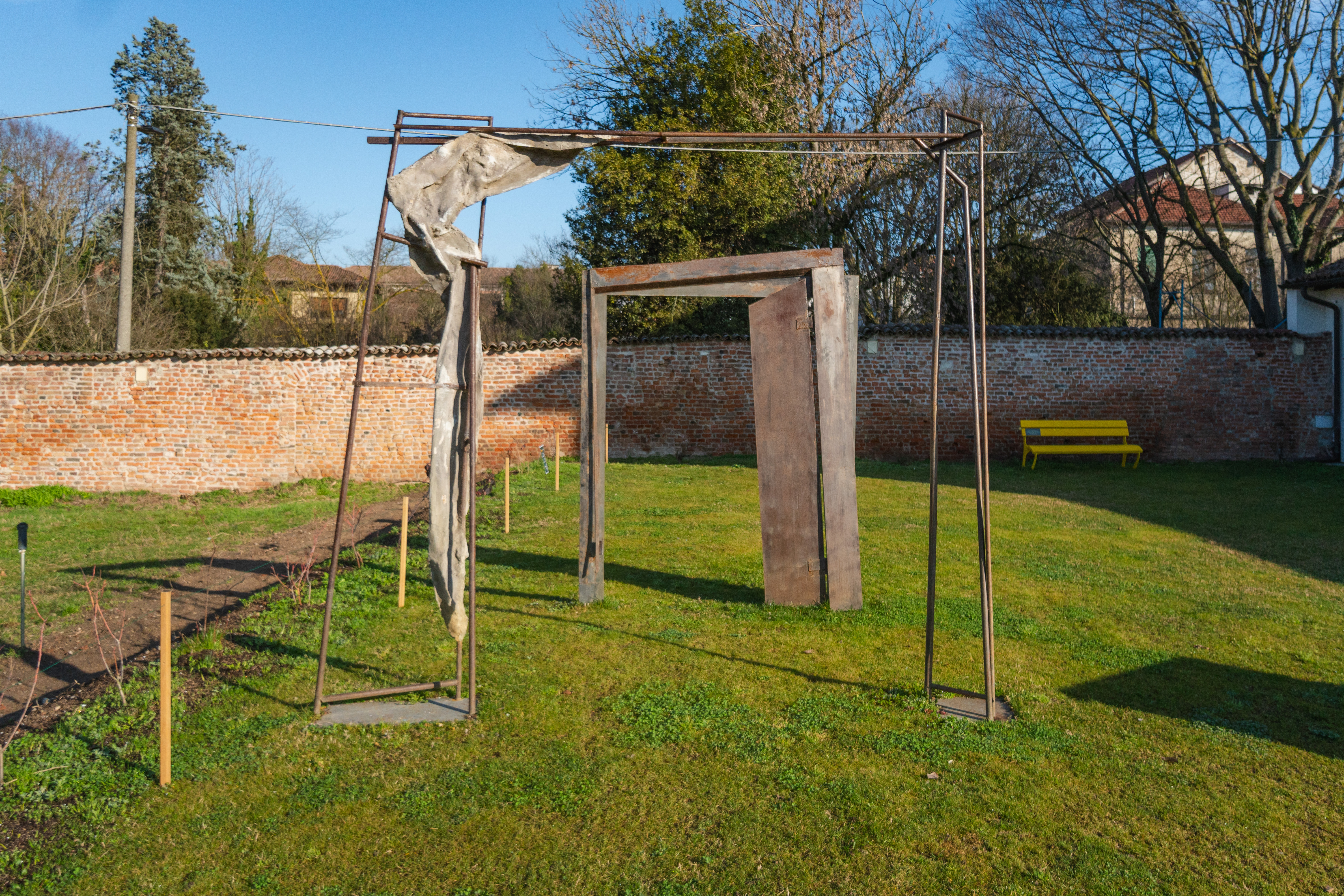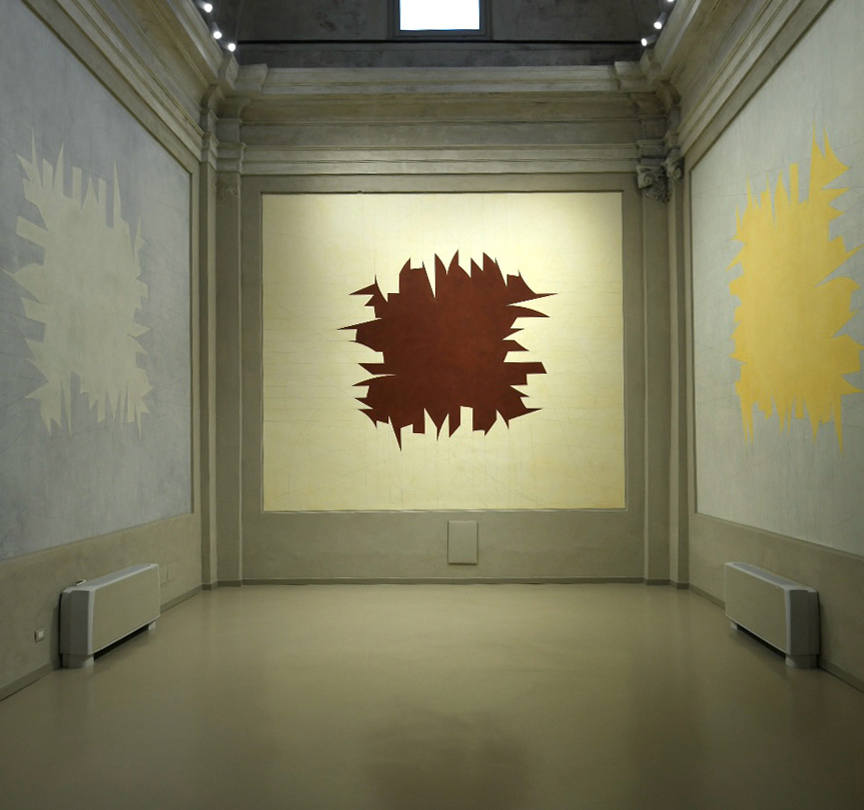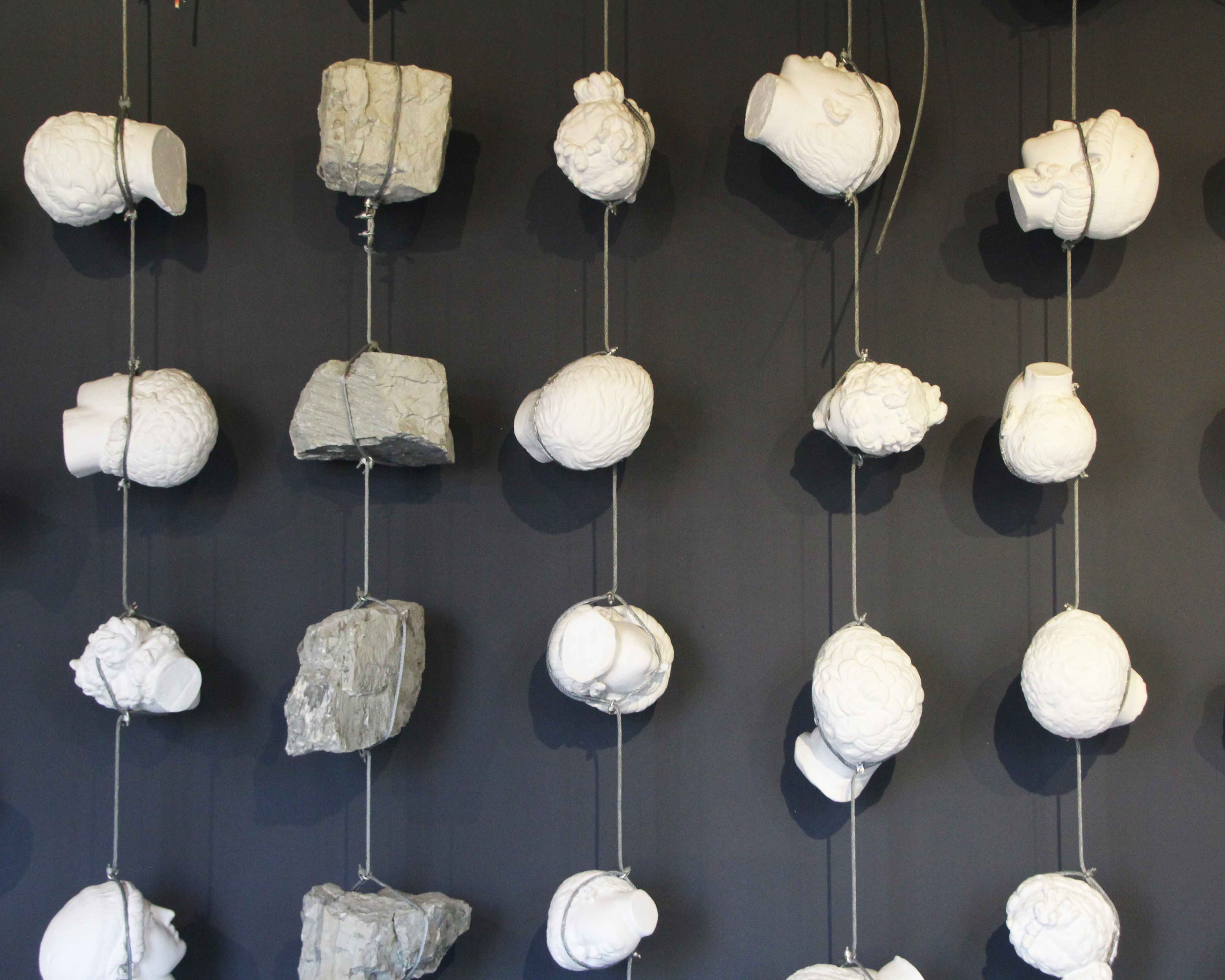Visit
Horti
Horti is a green area in the historic centre of Pavia that is accessible to people with disabilities.
Everyone is welcome: the entry is free.
Guided tours for adults and children, workshops and didactic workshops are available.
If you are a school group and/or organised group, booking is compulsory via promozione@horti.it
PARK
The park is open from Wednesday to Sunday, from 10:00 am until sunset. On Tuesdays, it is open from 4:00 pm until sunset.
HORTI BISTROT
Horti Bistrot is open from Wednesday to Sunday, from 10:00 am to 11:00 pm. On Tuesdays, it is open from 4:00 pm to 11:00 pm.
THE PARK AND HORTI BISTROT WILL REMAIN CLOSED ON THE 1ST JANUARY.
The entrances are: viale Lungo Ticino Sforza 46 e via Cardinale Tosi 5 (Pavia), about a 20-minute walk from Pavia train station.
PARK
The park is open from Wednesday to Sunday, from 10:00 am until sunset. On Tuesdays, it is open from 4:00 pm until sunset.
HORTI BISTROT
Horti Bistrot is open from Wednesday to Sunday, from 10:00 am to 11:00 pm. On Tuesdays, it is open from 4:00 pm to 11:00 pm.
THE PARK AND HORTI BISTROT WILL REMAIN CLOSED ON THE 1ST JANUARY.
The entrances are: viale Lungo Ticino Sforza 46 e via Cardinale Tosi 5 (Pavia), about a 20-minute walk from Pavia train station.
Horti
Bistrot
Plan
your event
Do you want to organize an event in Horti Bistrot?
Write to us and let us know what you have in mind, we will confirm as soon as possible!
Regulation,
services and information
It is recommended
1. Gather and taste the edible fruits found on the thistle plants or shrubs.
2. Take a seat and relax.
3. Walk, even barefoot, on the level lawns.
4. Collect woods and sticks to pile them up in necromasses.
5. Stop to read, study, work or relax.
6. Ask for a map at our infopoint.
7. Scan the QR codes on the park's signposts for further information.
It is permitted
1. To enter with your four-legged friends on a leash out of respect for others and for the park's fauna.
2. Take photos for personal use and publication on social networks. Don't forget to add the tag @horticollegioborromeo.
3. Get a free supply of water at the bistrot.
4. Consume food and drinks exclusively in the area outside the bistrot, using the picnic tables.
5. Smoking exclusively in the area outside the bistrot.
It is forbidden to
1. Enter as a school group and/or organised groups without a reservation.
2. Taking photos and videos for commercial and/or advertising purposes without prior written permission.
3. To leave animal droppings and other waste.
4. Dumping or submerging oneself, even partially, in ponds and streams.
5. Playing, climbing, damaging vegetation, artwork and furniture.
6. Playing ball and frisbee.
7. Extending presence beyond closing time.
8. Entering with motor vehicles, bicycles and scooters, even if accompanied by hand (racks are provided at both entrances).
9. Stepping on flower lawns.
10. Feeding the animals that populate the park.
11. Using wood and sticks improperly.
Horti is accessible to all. The park is walkable for people with disabilities. The bistrot also has a lift and equipped toilets.
In case of strong wind or rain, the park will remain closed.
FAQ
Horti can be visited every day, except Mondays, without booking. We kindly ask school groups and/or organised groups to make reservations via promozione@horti.it
You can enjoy your own food and drinks in the space outside the bistrot.










































